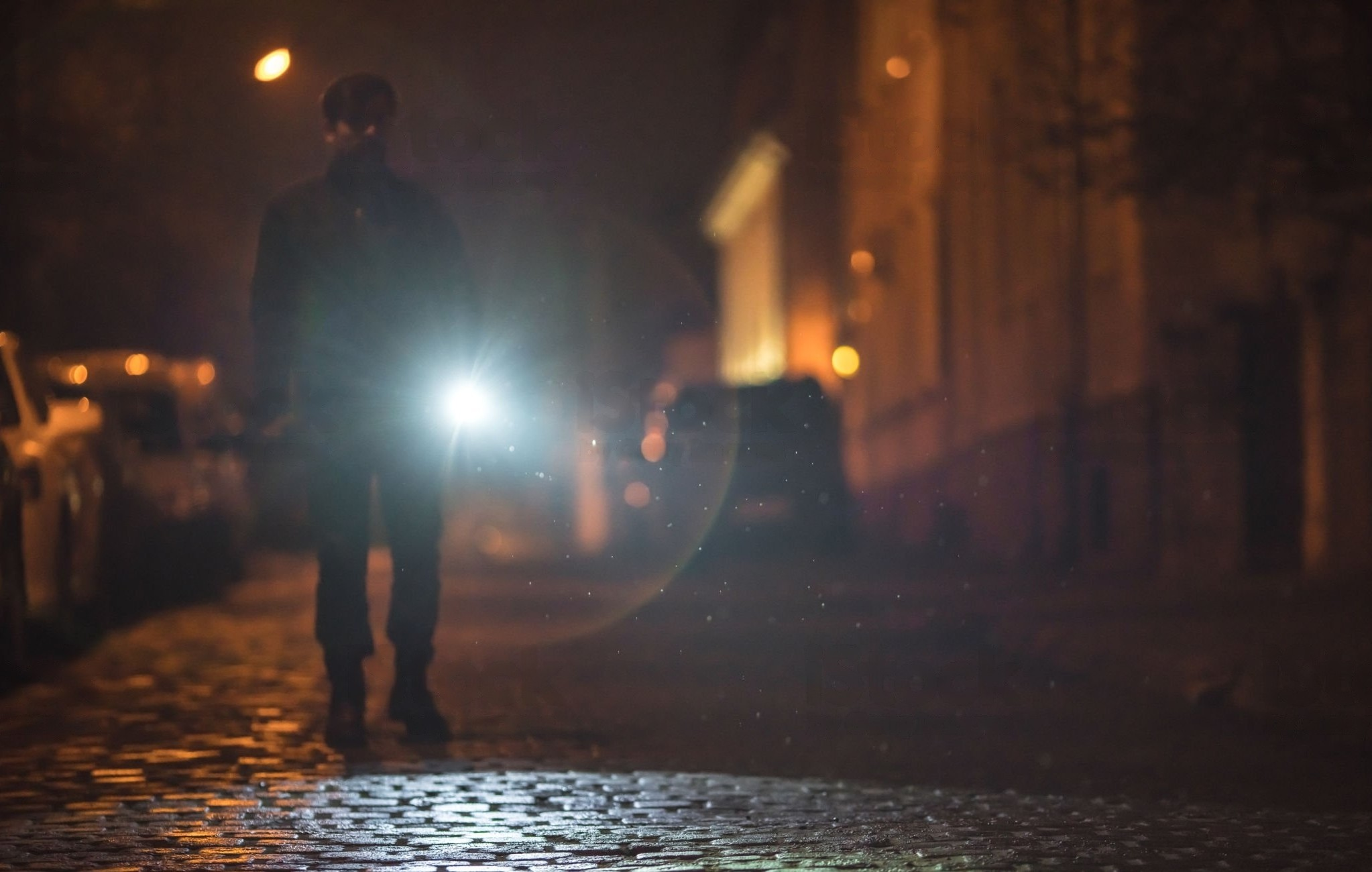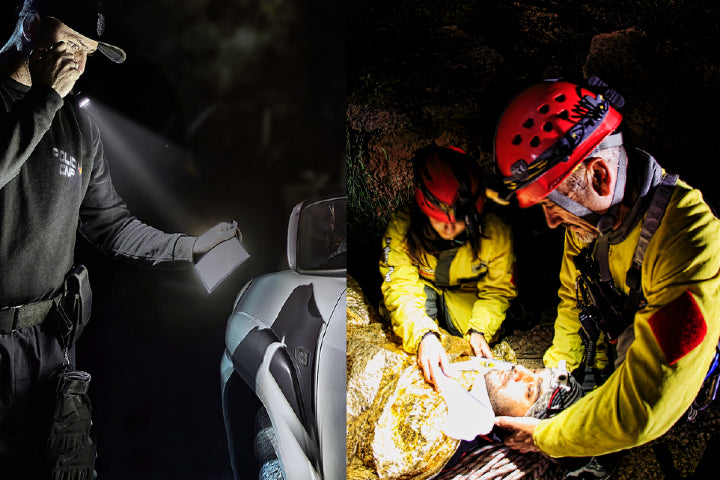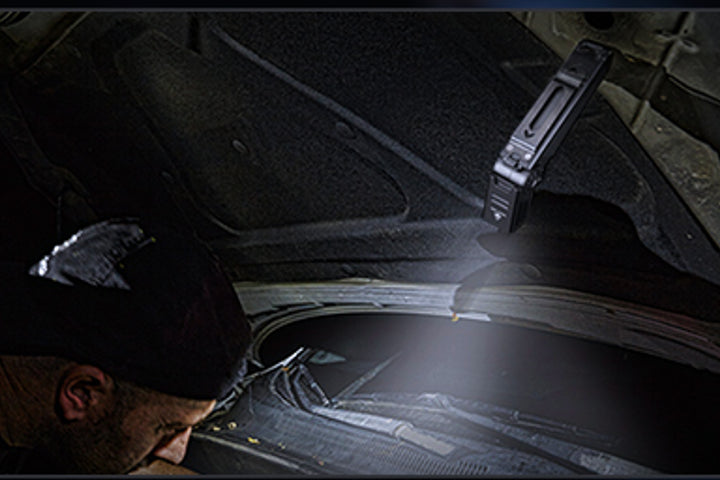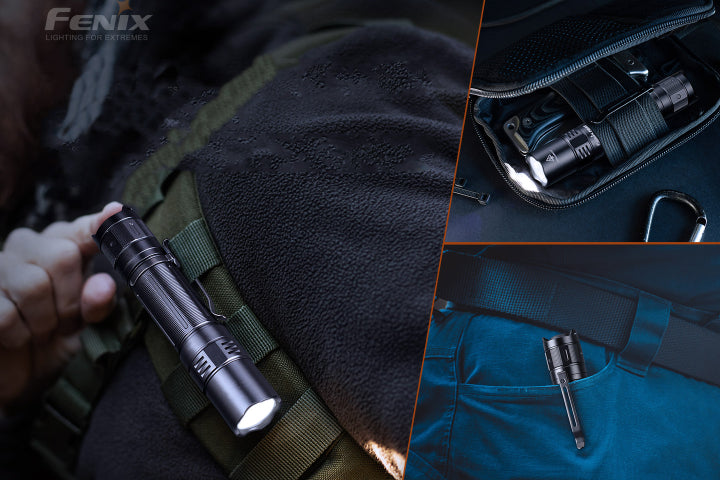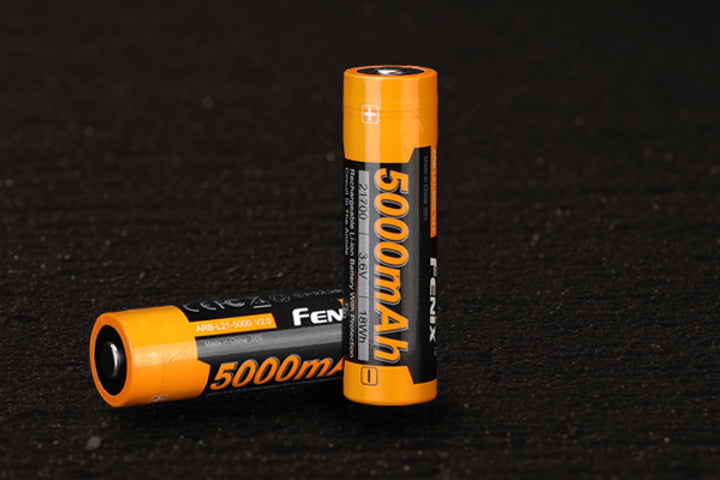The Importance of High-Quality Bike Lights for Night Cycling
The Importance of High-Quality Bike Lights for Night Cycling
Cycling at night presents unique challenges, including reduced visibility, unpredictable road conditions, and the need for increased awareness of other vehicles and pedestrians. A high-quality bike light is essential for ensuring safety, enhancing visibility, and providing peace of mind during nighttime rides.
Whether you're commuting, training, or enjoying a recreational ride, the right bike light can make a significant difference. Fenix bike lights are known for their durability, high-performance illumination, and reliability, making them an excellent choice for night cyclists.
Key Features to Look for in a High-Quality Bike Light
Not all bike lights are created equal. When selecting a light for nighttime cycling, consider the following factors:
1. Brightness and Lumens Output
The brightness of a bike light is measured in lumens. For urban cycling with street lighting, a light with 200–500 lumens may suffice; since there are likely street lamps and lights from buildings, your major concern should be making sure that you are seen by traffic and pedestrians. However, for dark trails or rural roads where you are providing all the light yourself, a light with 800–2000 lumens will provide better visibility and safety.
2. Beam Pattern and Angle
A good bike light should offer a well-balanced beam with a wide-angle spread to illuminate both the road ahead and the surrounding environment. Fenix bike lights, for example, feature precise optical lenses that reduce glare for oncoming traffic while maximizing visibility for the rider.
3. Battery Life and Power Options
Long battery life is essential for extended night rides. Look for lights with rechargeable lithium-ion batteries that offer multiple brightness modes to conserve energy when needed. Some Fenix models provide over 30 hours of runtime on lower settings, ensuring reliability for long-distance cycling. Some lights feature built-in batteries for convenience, but to truly ensure long-lasting light, get a light with a removeable battery, and make sure to pack extras so they can be swapped out on the fly if necessary.

4. Mounting and Stability
A secure mounting system prevents the light from shifting during rough rides. Adjustable brackets with quick-release mechanisms allow easy attachment and removal. Fenix bike lights are designed with sturdy mounts that withstand vibrations and provide a firm grip on the handlebars.
5. Weather Resistance and Durability
Since cyclists often face unpredictable weather, a bike light should be water-resistant and impact-resistant. Fenix bike lights are built with aircraft-grade aluminum and have an IP66 or higher water-resistance rating, making them suitable for all weather conditions.
Types of Bike Lights: Front, Rear, and Helmet Lights
Front Lights: The Primary Source of Illumination
Front-mounted bike lights serve as the primary source of illumination, allowing cyclists to see the road ahead clearly. Models like the Fenix BC21R V3 provide a powerful beam with adjustable brightness settings, ensuring optimal visibility in various environments.
Rear Lights: Enhancing Visibility from Behind
A rear bike light is essential for making cyclists visible to motorists approaching from behind. These lights typically emit a red glow and offer flashing or steady modes to grab attention. Fenix rear lights like the Fenix BC06R Smart Taillight complement front lights by increasing overall visibility. This great model even has a smart-braking system that detects when you're slowing down and illuminates brighter like a car's brake lights!

Helmet Lights: Additional Illumination for Enhanced Safety
Helmet-mounted lights provide added versatility by following the rider’s line of sight. They help illuminate turns and obstacles more effectively. Combining a helmet light with a handlebar-mounted Fenix light creates a more comprehensive lighting setup.
How to Properly Use Bike Lights for Night Cycling
To maximize the benefits of your bike lights, follow these best practices:
- Use multiple lights: Combine a front light, rear light, and helmet light for complete visibility.
- Adjust brightness settings: Use higher lumens in darker areas and dimmer settings in well-lit environments to conserve battery life.
- Angle your lights correctly: Aim the front light slightly downward to illuminate the road without blinding oncoming traffic. Fenix bike lights feature a cut-off facula design to give you a clear view of the road or path while keeping the light out of the eyes of oncoming traffic or pedestrians.
- Use flashing modes when necessary: Flashing rear lights enhance visibility, especially in urban areas.
- Carry a backup light or battery: Always have a spare light or an extra battery in case of an emergency.
Conclusion
Investing in a high-quality bike light is crucial for safe and efficient night cycling. With the right combination of brightness, durability, and battery life, you can enhance visibility and reduce the risks associated with riding in low-light conditions.
Fenix bike lights offer a reliable solution for cyclists seeking high-performance illumination. By selecting the right model and using it effectively, you can enjoy nighttime cycling with confidence and security.





